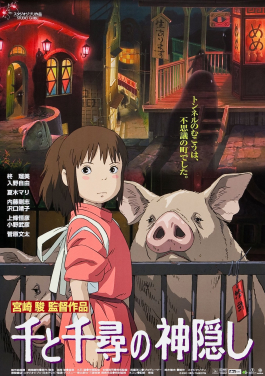A True Yunatic
Some storytellers don’t just animate characters – they animate the soul. Hayao Miyazaki co-founded Studio Ghibli and gave the world films that whisper and roar at the same time. His stories float between fantasy and reality, often powered by wind, spirit and a quiet kind of courage.
He doesn’t create movies – he builds worlds full of flying castles, soot sprites, forest gods and rebellious girls with big hearts. Miyazaki reminds us that gentleness can be radical and that magic lives in the ordinary – if we know how to look.
“Many of my movies have strong female leads – brave, self-sufficient girls who don’t think twice about fighting for what they believe in.” – Hayao Miyazaki
The Inner Child
Miyazaki’s inner child still runs through forests, draws in the margins and gets lost staring at clouds. That child isn’t afraid of ghosts or gods – it sees them as friends and teachers. His films are built on that child’s quiet wonder, unafraid of the dark but always searching for light. He protects that child by slowing down, refusing trends and drawing everything by hand, stroke by sacred stroke.
Tribbles
Miyazaki’s tribbles are hand-painted hymns to emotion and ecology:
- Spirited Away – An Oscar-winning journey through the spirit world, capitalism and identity.
- My Neighbor Totoro – A love letter to trees, childhood and the sacred stillness between moments.
- Princess Mononoke – A fierce, forest-bound epic about humans and nature at war – and in healing.
- Kiki’s Delivery Service, Howl’s Moving Castle, The Boy and the Heron – Flights of becoming, kindness and transformation.
- Studio Ghibli itself – A living temple to art, detail and storytelling with soul.
“Always believe in yourself. Do this and no matter where you are, you will have nothing to fear.” – The Cat Returns

Connected with the Yuniverse
Miyazaki doesn’t separate the natural from the spiritual – he knows they’re one breath, one breeze. His connection with the universe is woven through leaves, lanterns, rivers and dreams. He doesn’t explain the cosmos – he paints it with feeling.
Spiritual
His spirit lives in ritual, respect and reverence. He doesn’t tell us what to believe – he shows us a world where everything has a soul.
Hayao Miyazaki reminds us that the sacred lives in the wind, the child and the quiet moment between heartbeats.